Joints, Muscles, And Tendons
The musculoskeletal system is made up of bones, muscles, and joints, as well as cartilage, tendons, ligaments, and connective tissue. This system provides structure and support to your body while also allowing you to move around. The components of the musculoskeletal system develop and change over time. Bones, muscles, and joints can be damaged by injuries and infections. Joints are the points where two or more bones meet. Cartilage – links one bone to another or offers cushioning inside joints (such as the knee joint) (as in cartilaginous joints). Tendons (a tough connective tissue) on each side of a joint link to muscles that govern the joint's movement. Tendons connect muscles to bone and are formed of strong fibrous connective tissue. They resemble the muscle's long, thin ends. The Achilles tendon connects the calf muscle to the heel bone and is the biggest tendon in the body
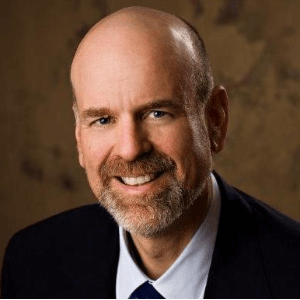
Stephen S Tower
University of Alaska Anchorage, United States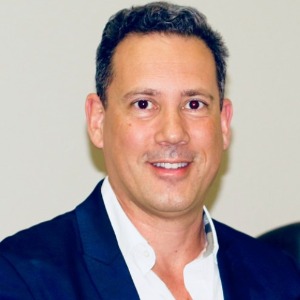
Marcos Brioschi
American Academy of Thermology, United States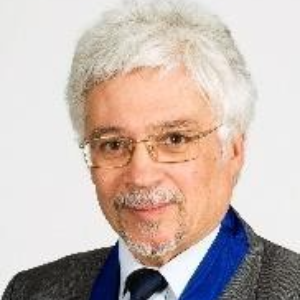
Wagih El Masri
Keele University, United Kingdom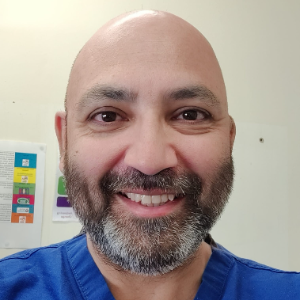
Akash Ganguly
Warrington and Halton Hospitals NHS FT, United Kingdom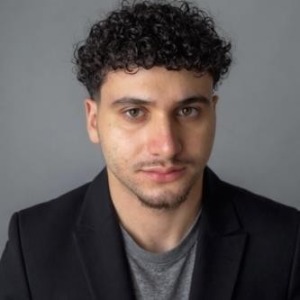
Hussein Jaber
University of Cambridge, United Kingdom




Title : Knotless suture repair for chronic lateral ankle instability: A systematic review & single- arm meta-analysis
Hussein Jaber, University of Cambridge, United Kingdom
Title : The UK profemur recall and implant cobaltism
Stephen S Tower, University of Alaska Anchorage, United States
Title : The tomographic phenotype and the genotype of wormain bones
Ali Al Kaissi, National Ilizarov Medical Research Center for Traumatology and Orthopaedics, Russian Federation
Title : Total Knee Arthroplasty (TKA) in hemophilic arthropathy: Modern outcomes and perioperative strategies
Jack Russek, Touro University California, United States
Title : Musculoskeletal and orthopedic implications of Gender-Affirming Hormone Therapy (GAHT): A PRISMA-Guided systematic narrative review
Jack Russek, Touro University California, United States
Title : New treatment of muscle contracture and joint contracture through muscle regeneration with mitochondrial dynamics
Ki Ji Lee, Busan Medical University, Korea, Republic of